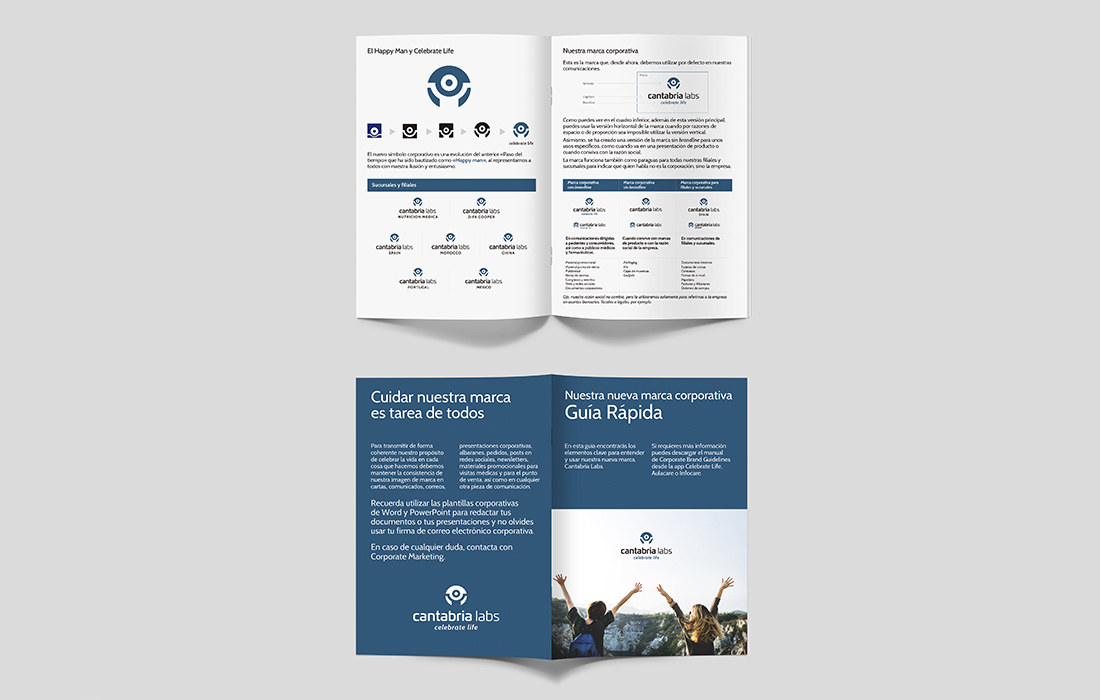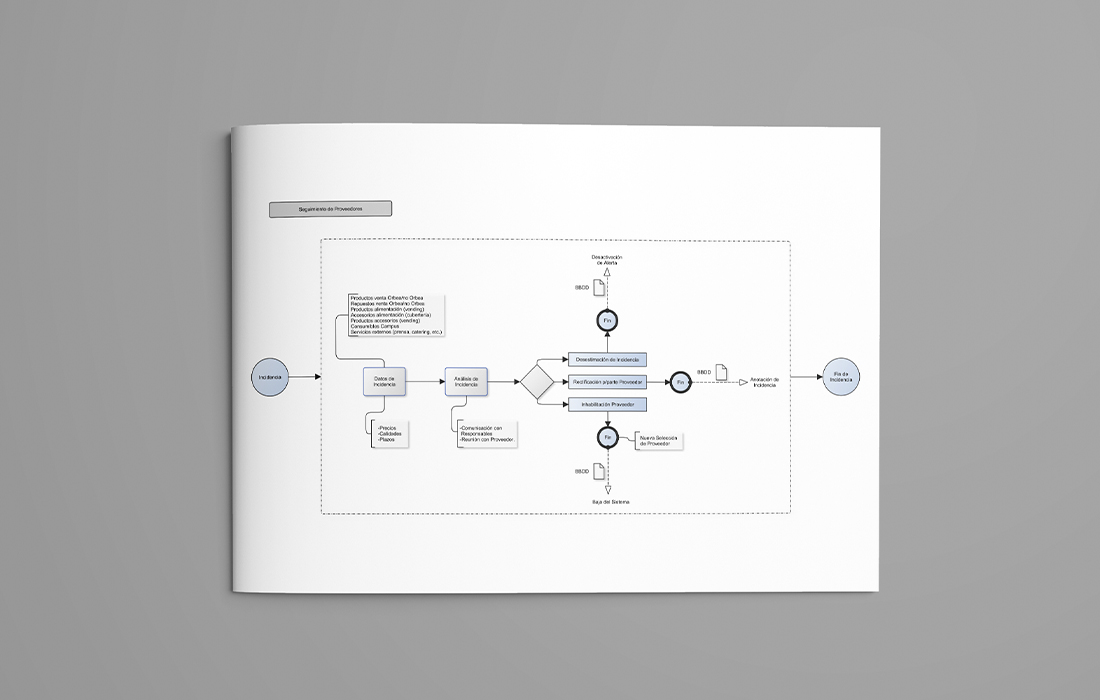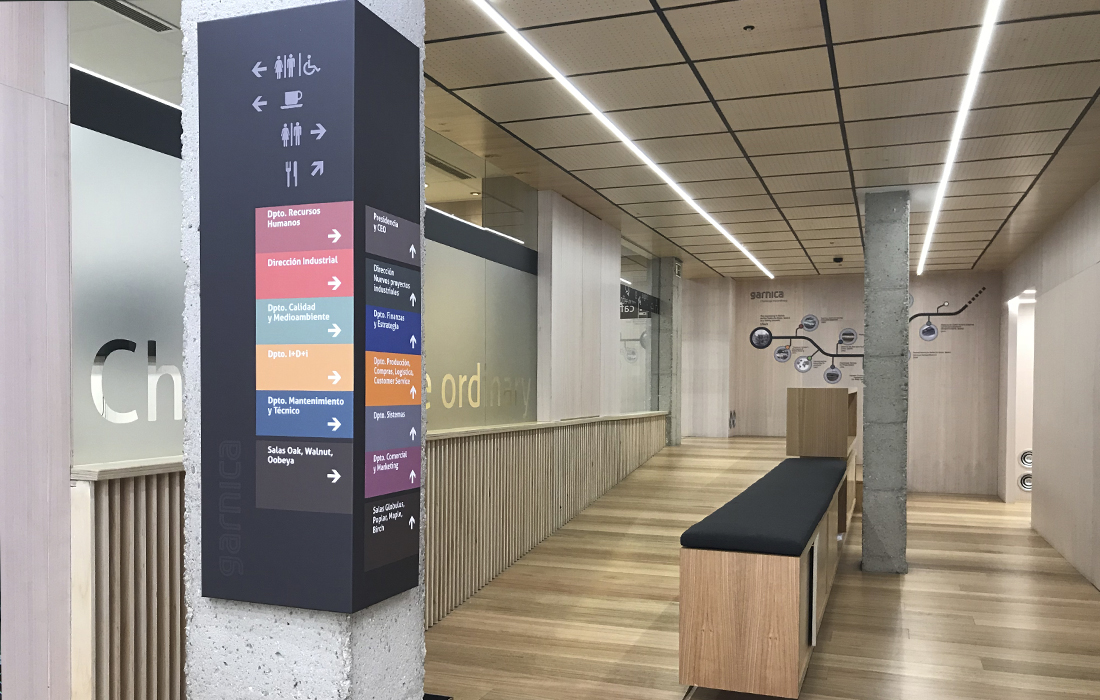
19 Nov The importance of good brand architecture
Whiplash Team, 19th November 2021
The importance of good brand architecture
The benefits of a brand architecture carefully tailored to the specific needs of each company are many. They go beyond order, hierarchy and clarity when launching products to the end user. They also allow cross-selling strategies, inspire new products and generate exponential growth.
Brand architecture exists for a reason: it helps to order and hierarchize a company’s portfolio of brands to give it a framework and coherence. It is a delicate job that involves not only the organization of the brands the company currently has. It also requires defining the criteria to follow when creating new brands and determining whether a new product should have its own brand, or if it should be treated, for example, as a brand extension or as a sub-brand.
The benefits of running a carefully designed brand architecture go beyond order, hierarchy, and clarity when presenting products to the end user. It also allows for introduction of cross-selling strategies or helps drive underperforming items by linking them to stronger brands, generating economies of scale in communication along the way.
On the other hand, a good brand architecture allows, in operational terms, to optimize management costs. It also detects any overlap between existing brands, whether there are conceptual inconsistencies between the brands in a given portfolio as well as what opportunities can be found to create new brands.
In any case, the creation of a branding system that includes unifying visual and contextual elements (names, symbols, colour palettes) helps to offer deliverables that last in the memory of users. Even if the company does not have many brands to make up its portfolio, good brand architecture can improve the way they are approached, marketed and communicated.
There are currently four established models of brand architecture:
- House of brands. In this model, different independent brands coexist for different lines of business and at the corporate level, for example in the case of the Inditex group (Zara, Bershka, Massimo Dutti, Pull & Bear, Üterque, Oshyo, Stradivarius).
- Branded house. This model uses a single brand at the corporate and commercial level in all products, services and business lines. Virgin Group is a good example of this model.
- Endorsed brand. Here the corporate brand and product or company brands are combined. The corporate brand explicitly supports those of product or group companies, as in the case of Unilever.
- Hybrid model. Nestlé is an example of this model where different brand architecture models are combined for different lines of business.
Although these four models are the most common, they are not a corset in any way. Brand architecture must respond to the specific needs of each company to effectively strengthen its identity, inspire new products and generate exponential growth.
Each company is unique, so we could say that the perfect architecture is one that is fully adapted to the nuances of its specific circumstances. In this sense, the case of Facebook, which began with a monolithic model, where the company and the social network shared a brand, is interesting.
After the acquisition of WhatsApp, Instagram and Oculus VR, in addition to the independence of Facebook Messenger, the launch of Workplace, Facebook Portal and Novi, the brand architecture of Mark Zuckerberg’s company resulted in a hybrid model, since each company was different, had its own values and its own brand personality. Something difficult to manage in operational terms and, for the user, quite chaotic. However, in business terms, it should be noted that social platforms are strategically integrated and benefit from each other in terms of features and trajectory.
Now, after the launch of Meta as an umbrella brand, the brand architecture of the former Facebook undergoes a new metamorphosis. It is not yet clear whether it will adopt an independent brand model or a brand support model. In any case, what is clear is that the technology giant’s brand architecture has been changing and adapting to the needs of the conglomerate, although in some cases with more success than in others.
In any case, to be successful, a brand architecture project must be conceived by an “architect” with a deep and holistic understanding of the company and of its current and future strategies. The real challenge is to go beyond the limitations imposed by standardized solutions and understand that to adapt to the uniqueness of each company, its brand architecture must be tailored to its needs.

























